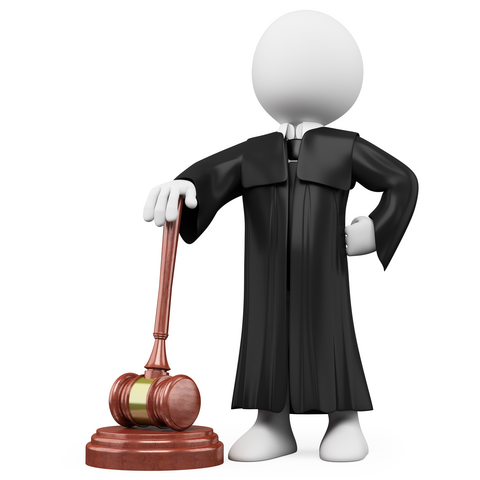RA was charged with sexual interference, invitation to sexual touching and sexual assault against a minor. The victim was RA’s daughter. The offences occurred when she was between the ages of 3 and 5 years old. The offences involved the accused having the complainant masturbate his penis until he ejaculated.
The victim testified. RA testified as well.
RA was convicted after trial. The trial judge note that the accused “testified in a straightforward manner, that he was not evasive and did not exaggerate, embellish or colour his evidence”, and that he “withstood cross-examination without a blemish” [para 4]. Notwithstanding these comments, RA was convicted. The trial judge accepted the complainant’s evidence in its entirety and found the offences were proven beyond a reasonable doubt.
RA appealed. The appeal was dismissed: 2017 ONCA 714.
On appeal RA raised the following points:
First, he submits that the trial judge failed to resolve a critical inconsistency in the complainant’s evidence and failed to explain why he accepted the complainant’s evidence and rejected the appellant’s. This ground was the focus of the appellant’s submissions during oral argument. Second, the appellant submits that the trial judge failed to consider innocent explanations for the complainant’s knowledge of a penis and sexual acts in determining whether a reasonable doubt arose. [Para 5].
On the issue of the trial judge’s explanation for accepting the complainant’s evidence and rejecting the accused’s evidence, the Court of Appeal offered the following:
This was a credibility case, and at the end of the day the core of the complainant’s allegations were unaffected by the inconsistency. They remained consistent throughout. The complainant provided graphic details as to how the assaults took place. The trial judge reviewed the evidence, cognizant of the shortcomings of the child complainant’s evidence, and ultimately decided to accept her evidence in its entirety.
The trial judge’s analysis reflects a careful and sensitive approach to the evidence as a whole and I see no error that would allow this court to intervene.
Although the trial judge’s reasons are relatively brief, they are responsive to the live issues in the case and the parties’ key arguments: R. v. Walker, 2008 SCC 34 (CanLII), [2008] 2 S.C.R. 245, at para. 20. The trial judge properly instructed himself as to the law, and in particular the requirements set out in W.D. The appellant was not entitled to an acquittal simply because his evidence did not raise any obvious problems. The trial judge did not accept the appellant’s evidence, but nor did he reject it simply because he accepted the complainant’s evidence.
The trial judge was entitled to reject the appellant’s evidence “based on a considered and reasoned acceptance beyond a reasonable doubt of the truth of the conflicting credible evidence”: R. v. J.J.R.D. (2006), 2006 CanLII 40088 (ON CA), 218 O.A.C. 37 (C.A.), at para. 53. That is what occurred in this case. [Emphasis added]; [paras 53-56]
These comments are not novel: see for example R v PR, 2014 ONCA 131 @para 4; R v JW, 2014 ONCA 322 @para 26 and 30. Clearly, however, it seems they need to be reiterated. As the court notes, an acquittal is not necessary simply because a trial judge does not identify “obvious problems”. A reasoned acceptance, beyond a reasonable doubt, of the victim’s evidence is sufficient.
RA is a helpful reminder of a basic but important legal principle – take heed.
DM

